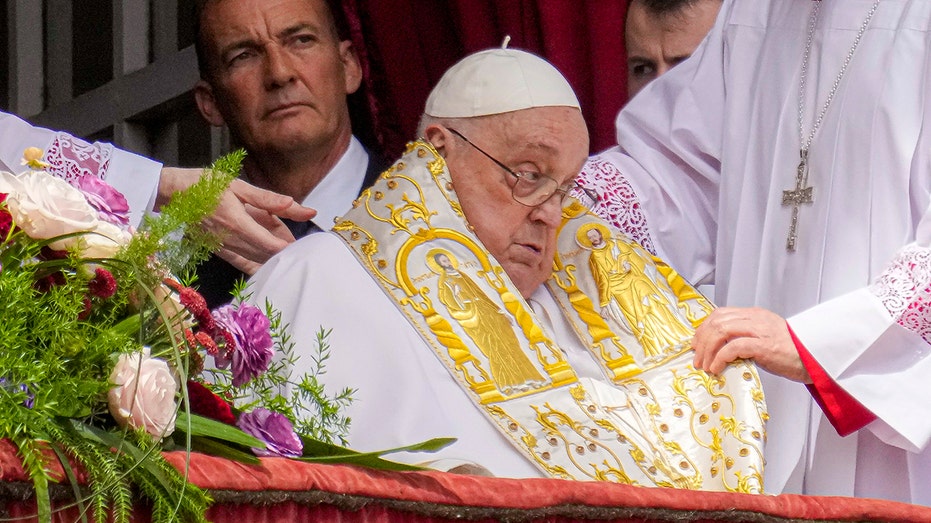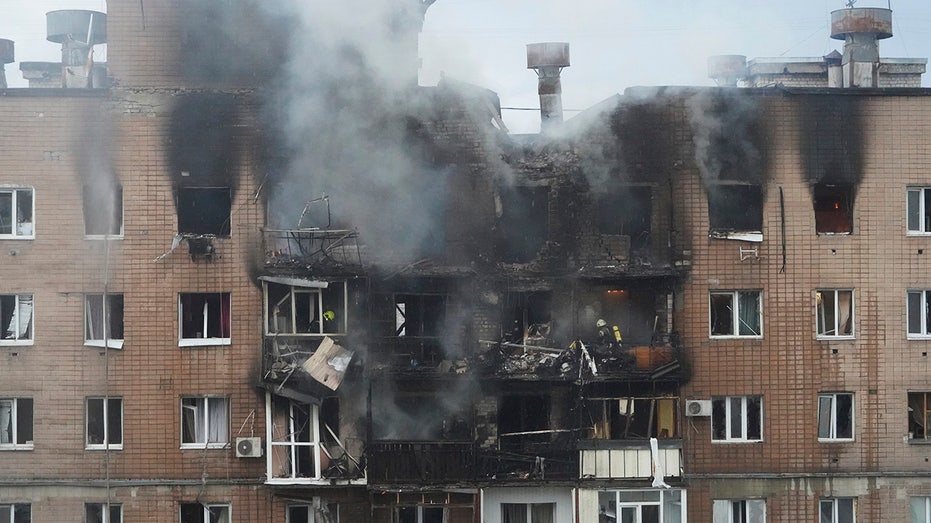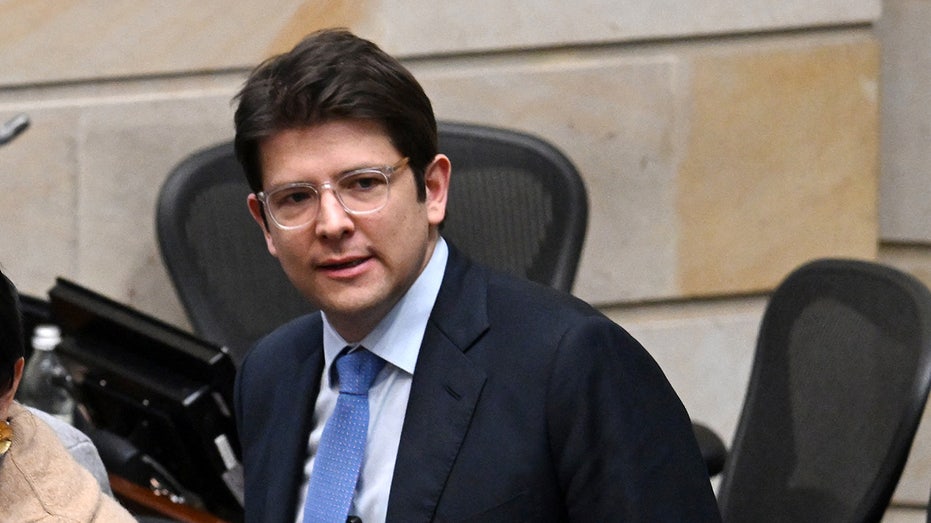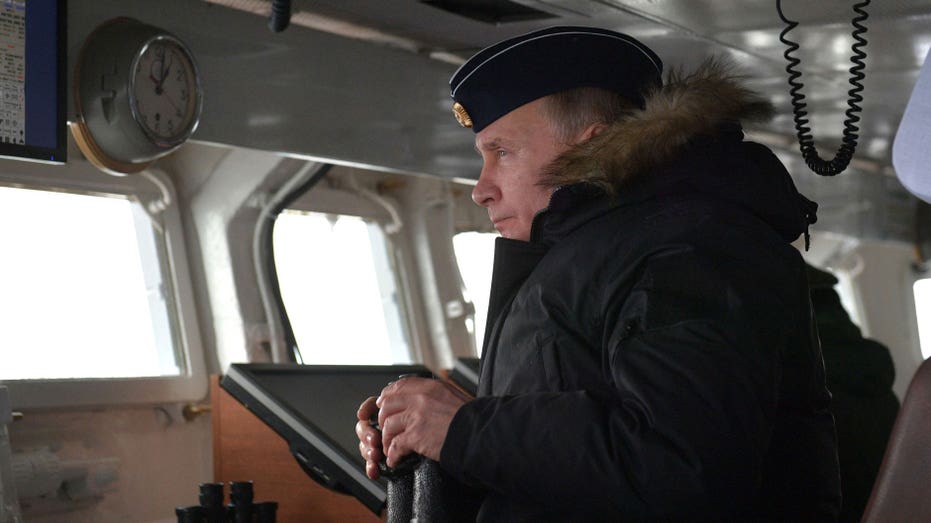Pope Francis’ Passing Shines Spotlight on the Catholic Church’s Most Powerful Popes
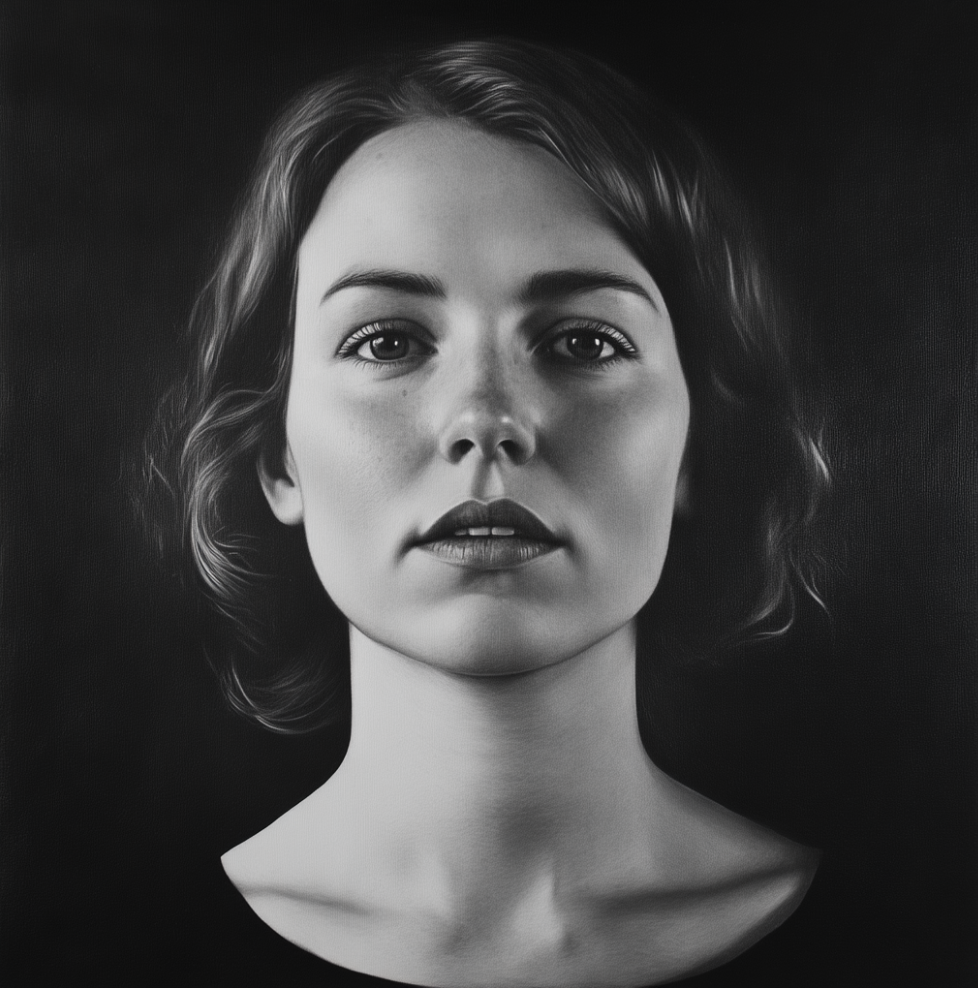
Sarah Johnson
April 22, 2025
Brief
Pope Francis dies at 88, prompting reflection on the powerful legacies of history’s most influential popes, from St. Peter to John Paul II and beyond.
Pope Francis, born Jorge Mario Bergoglio, has become the 266th and final name in a centuries-old list—passing away on Easter Monday at age 88. His death has reignited discussion about the enormous legacy and influence of the Catholic Church’s most powerful popes, stretching back to the days following Jesus Christ’s death in the AD 30s.
The papacy’s roots are traced to St. Peter, the first Bishop of Rome, whose leadership and writings to early Christians remain etched in the New Testament. The iconic St. Peter’s Basilica in Vatican City stands as a tribute to his foundational role. After Peter’s martyrdom around 64 AD, Pope Linus took the helm, continuing a chain of succession that’s rarely broken stride—even as empires crumbled around it.
Fast forward to the modern era, and Pope John Paul II emerges as a towering figure. Born Karol Wojtyla in Poland, he became the first non-Italian pope in centuries and led the church through the digital revolution, updating Canon Laws, penning volumes of spiritual guidance, and embarking on more than 100 state visits. He even delivered Mass to a crowd of 80,000 at Yankee Stadium in 1979—because if you can make it there, you can make it anywhere, right?
The title "the Great" is a rare honor, bestowed only on popes like Leo I, Gregory I, and Nicholas I. Pope Leo I famously met with Attila the Hun—diplomacy on a knife’s edge—while Gregory I gave up his fortune to help the poor and introduced the hauntingly beautiful Gregorian Chant. Nicholas I, meanwhile, stood firm for marital sanctity and the supremacy of Rome at a time when kings didn’t take kindly to papal interference.
Then there’s Pope Gregory XIII, who fixed the calendar mishap of the ages. In 1582, he decreed that October 4 would be followed by October 15, effectively skipping 10 days and giving us the modern Gregorian calendar. Not many people can say they erased an entire week with a stroke of the pen.
Pope Innocent III also left his mark, launching crusades across Europe and intervening in royal marriages. His assertive leadership extended the reach—and drama—of the papacy into almost every corner of European life.
As for Pope Francis, his tenure was marked by a willingness to confront political and environmental issues head-on. He published "Laudato Si," the first papal letter focused on the environment, helping set the stage for the Paris climate agreement. He didn’t shy away from criticizing Western capitalism either, at one point calling the "unfettered pursuit of money" the "dung of the devil." Not exactly your average Sunday homily.
While Popes come and go, their influence on faith, politics, and even how we keep track of time, continues to echo far beyond the Vatican walls. As the world reflects on Francis’ passing, it’s clear that the papal office remains one of history’s most enduring—and sometimes surprising—seats of power.
Topics
Editor's Comments
Honestly, you’ve got to hand it to the popes—not only did they save Rome from the Huns and fix our calendars, but they even managed to make Yankees Stadium holy ground, at least for a day. If only they could decree my apartment rent would skip a few days, too.
Like this article? Share it with your friends!
If you find this article interesting, feel free to share it with your friends!
Thank you for your support! Sharing is the greatest encouragement for us.
